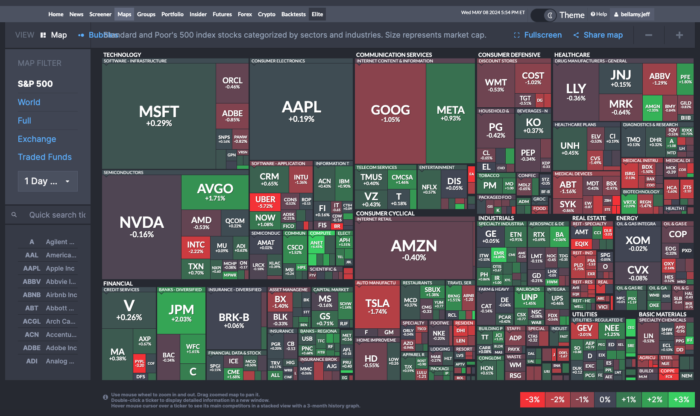There are countless articles on retirement planning that focus on how much you need to save, how much income you’ll require, and how to make your money last. However, many of these approaches are based on the assumption that your retirement spending should mirror your pre-retirement lifestyle.
The underlying premise is that you’ll need a certain percentage – often cited as 80% – of your pre-retirement income to maintain your standard of living. This figure accounts for the elimination of certain work-related expenses like payroll taxes, commuting costs, and professional attire. Then there’s the famous 4% rule, which estimates how much you can withdraw annually from your retirement fund without depleting it prematurely.
However, I take a different approach. My wife and I actually spend more in retirement because we want to travel extensively and indulge in pursuits like fine dining, wine tasting, and attending concerts. Simultaneously, we’re growing our retirement fund with the intent of leaving a legacy for our children and grandchildren. In the 69 months since retiring, our portfolio has appreciated by 68% as of May 14, 2024 – returns on par with low-cost S&P 500 index funds or ETFs, despite my supposed investing acumen.
A key difference in our strategy is that we don’t adhere to the 4% withdrawal rule or any similar approach. Instead, we live solely off our taxable dividend income, without selling assets to fund our lifestyle. This negates the need for a balanced portfolio, which is typically recommended to avoid selling temporarily depressed holdings during market downturns. Market crashes don’t faze us, as long as the underlying economy remains healthy, since we’re not reliant on liquidating positions.
Our approach may not be the “best” way to manage a retirement portfolio, but it works for us. To capture growth without sacrificing income, we employ a “barbell” strategy, allocating portions of our portfolio to dividend stocks and growth stocks respectively.
While deviating from conventional wisdom, our retirement funding approach aligns with our lifestyle goals and priorities. By avoiding the sell-off of appreciated assets, we aim to maximize long-term growth potential while enjoying our retirement years to the fullest.
